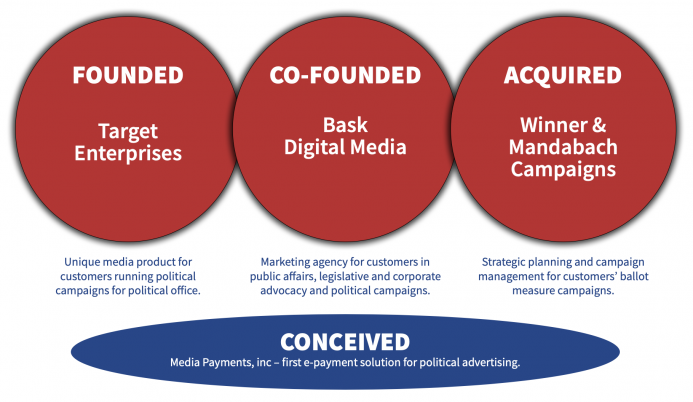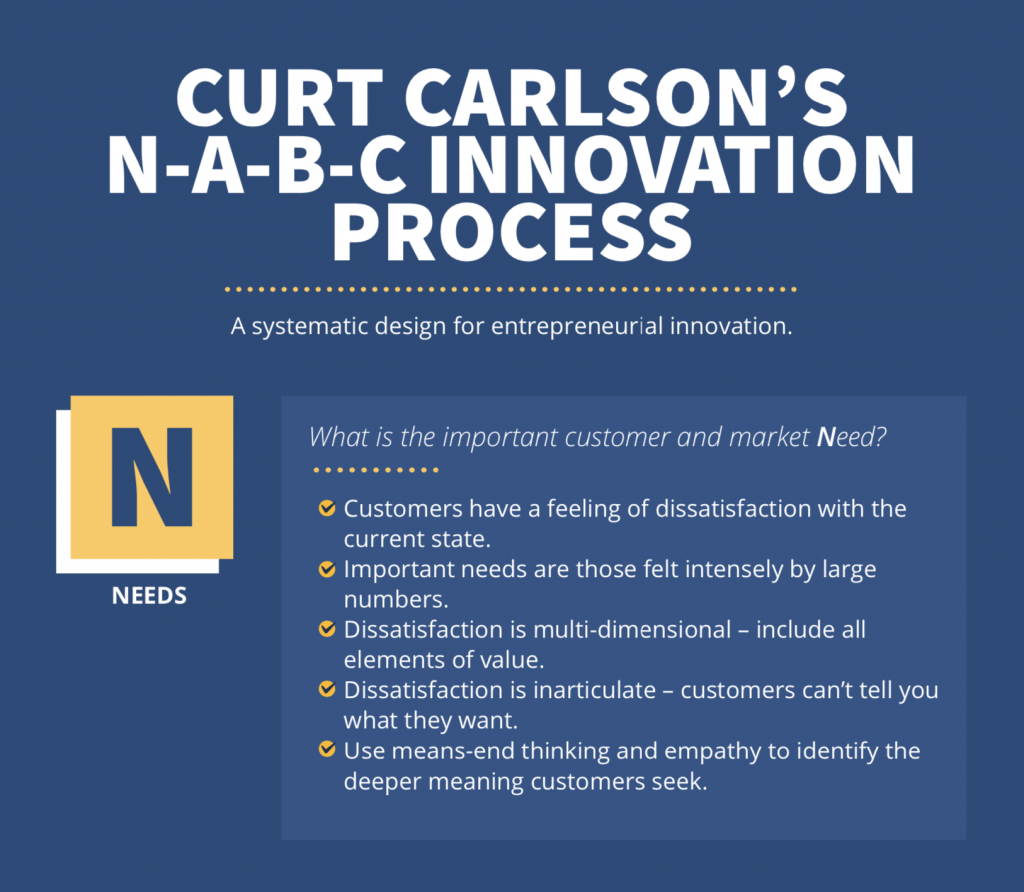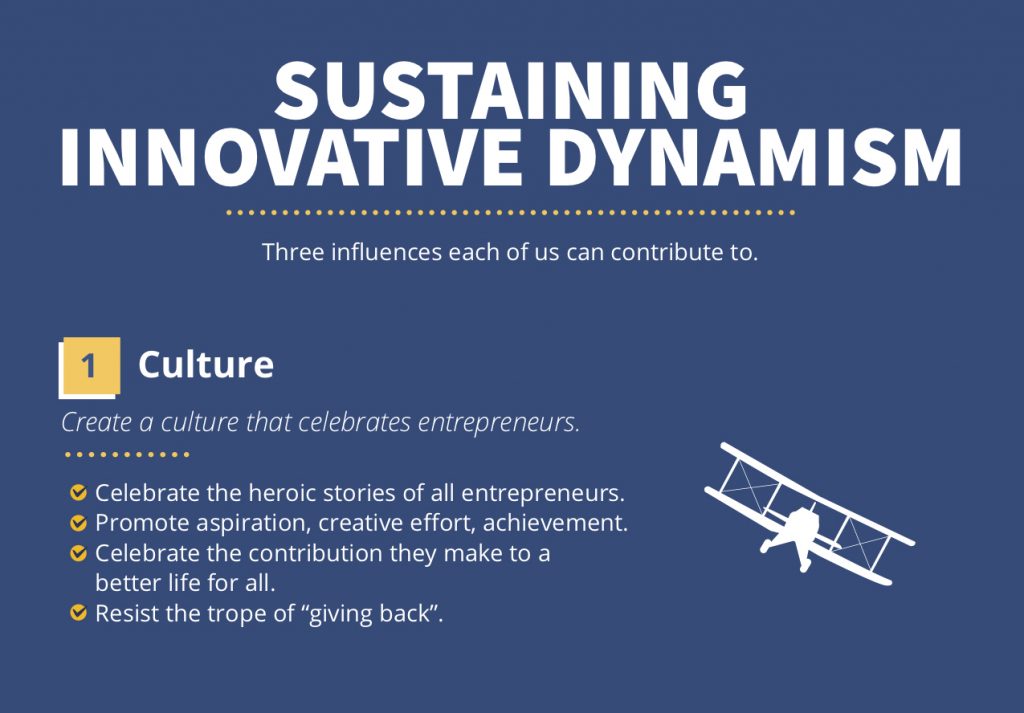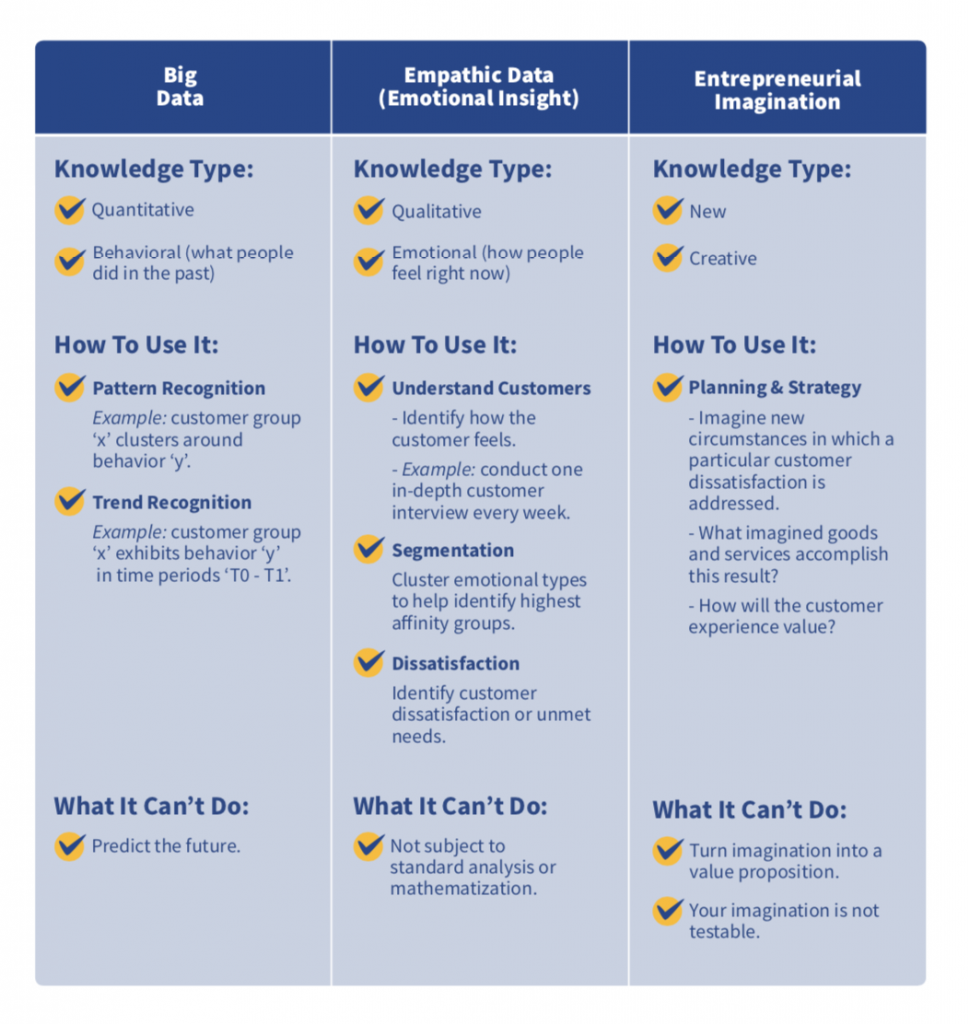83. Clay Miller: An Entrepreneurial Journey to New Lands, New Organizational Designs and New Value
Key Takeaways & Actionable Insights
The entrepreneurial instinct can be sparked in K-12 and around the family dinner table.
An entrepreneurial culture is highly beneficial to society at the global, national, and local level. We should examine how well we nurture the entrepreneurial instinct in K-12 schooling and in the discussions we have with our kids at home.
Clay Miller got a Commodore 64 (you can look it up!) when he was 11 years old, and his interest in computing, software and writing code started there. He was a programmer at 11 years old (something that is more common today than it was when Clay was young) and developed a taste for programming and an aptitude and some skills. He learned how to jump over hurdles of software-writing complexity at a young age.
A mentor can reinforce a young person’s disposition towards entrepreneurship, and accelerate their progress.
A local tech entrepreneur took Clay under his wing and hired him for programming projects. Clay built accounting software and other products in this arrangement as a high school student. Observing and participating in this entrepreneurial environment at an early stage in life gave Clay the idea of entrepreneurship as a future pursuit. He started to take on consulting assignments while at college, although he wouldn’t yet identify tech entrepreneurship as a “career”. He was able to begin to make the transition from pure programmer to customer service entrepreneur. Starting early can influence a lifelong entrepreneurial journey.
There are many ways to accumulate knowledge, and entrepreneurship is a fast track to applicable knowledge.
Clay chose serving customers as a pathway as opposed to continued learning in school and a conventional corporate career path. Both paths are ways to acquire knowledge. Identifying the process you prefer for knowledge acquisition – school or entrepreneurship – is a valid choice. Entrepreneurship may be the quicker and more direct route. And entrepreneurial knowledge is often more applicable, and more rapidly applicable, for your own individual economic ends.
An entrepreneurial leap forward resulted from identifying and supporting a new emergent industry.
Clay took a job as a CTO in an emerging industry; organ and tissue transplants. This enabled him to experience economic growth at a higher level through the application of technology in a high-demand environment. He learned about fundraising and financing and shaping resource allocation based on the funding available. He learned about mass customization for a diverse customer base. He learned the role of the technical advisor vis-à-vis the CEO, enabling the executive suite to achieve its vision. Finding a growth industry can accelerate your individual development.
Transition from tech expert to global customer service entrepreneur.
Clay was initially a user of offshore outsourced technological services. He mastered the economics and logistics of this organizational arrangement. Quickly, he founded his own Asia-based outsourcing corporation, and added a significant innovation: the embedded outsourced CTO. Often, firms use outsourced technology services for the flexibility of dialing up and dialing down service intensity on demand. There is a downside to this flexibility, which is loss of continuity and accumulated knowledge, as contractors move on to other jobs. Clay performs the role of CTO for his clients, ensuring them continuity of strategy, and keeps his outsourced tech talent available in his own ecosystem, so that accumulated client knowledge is not lost and can be reapplied later in the cycle.
Perception-Decision-Action
Clay’s journey can be seen as an illustration of what psychologists call the PDA cycle – Perception, Decision, Action. Entrepreneurs perceive the world around them in a subjective manner, conditioned by their individual circumstances. In Clay’s case, those circumstances included exposure to technology, and some experimentation with it, at an early time in his life. Later, he made some decisions on best choices – e.g. between school and entrepreneurship – based on his perceptions. He acted, became a tech entrepreneur and then a customer service innovator. Every action changes the world, and so changes the entrepreneur’s (and the client’s) perceptions, leading to new decisions and new actions. Entrepreneurial success emerges from the process.
See our PDA graphic to further stimulate your thinking.
You might also enjoy reading this paper from our colleagues Nicolai Foss and Peter Klein on the language of opportunity. They say that opportunities do not exist in any objective fashion. They are not “out there” to be “seized”. Entrepreneurs create their own outcomes. Foss and Klein call their process B-A-R: Belief, Action, Results. See if you think B-A-R is different from P-D-A.
Free Downloads & Extras From The Episode
The Entrepreneur’s PDA Cycle: Download PDF
Foss & Klein’s Entrepreneurial Opportunities, Who Needs Them?: Download The Paper
“The Austrian Business Model” (video): https://e4epod.com/model
Start Your Own Entrepreneurial Journey
Ready to put Austrian Economics knowledge from the podcast to work for your business? Start your own entrepreneurial journey.



